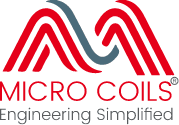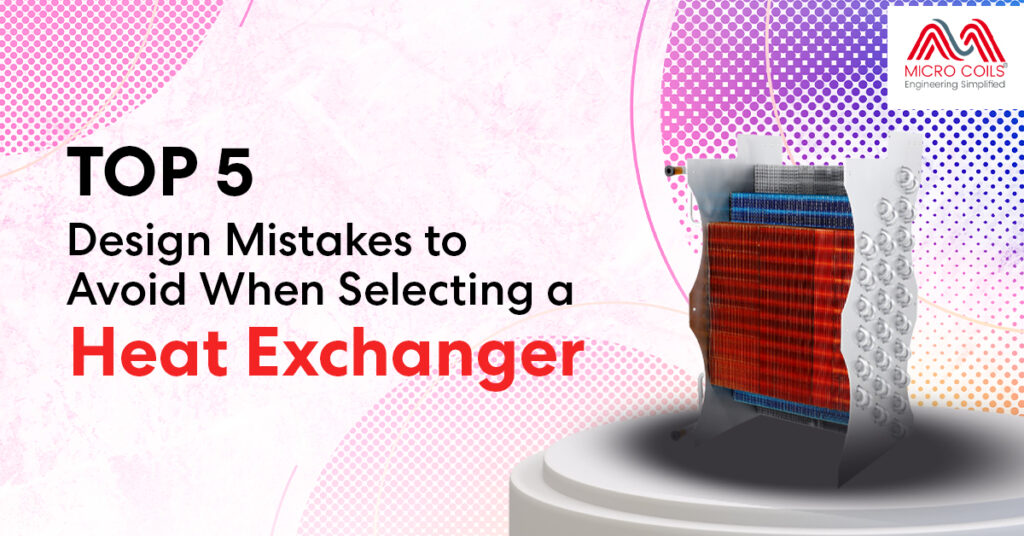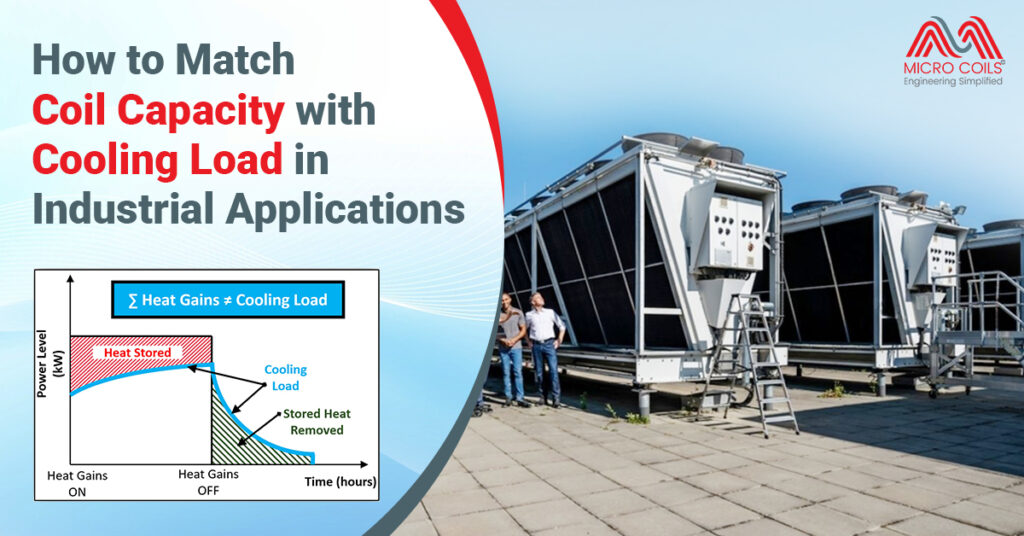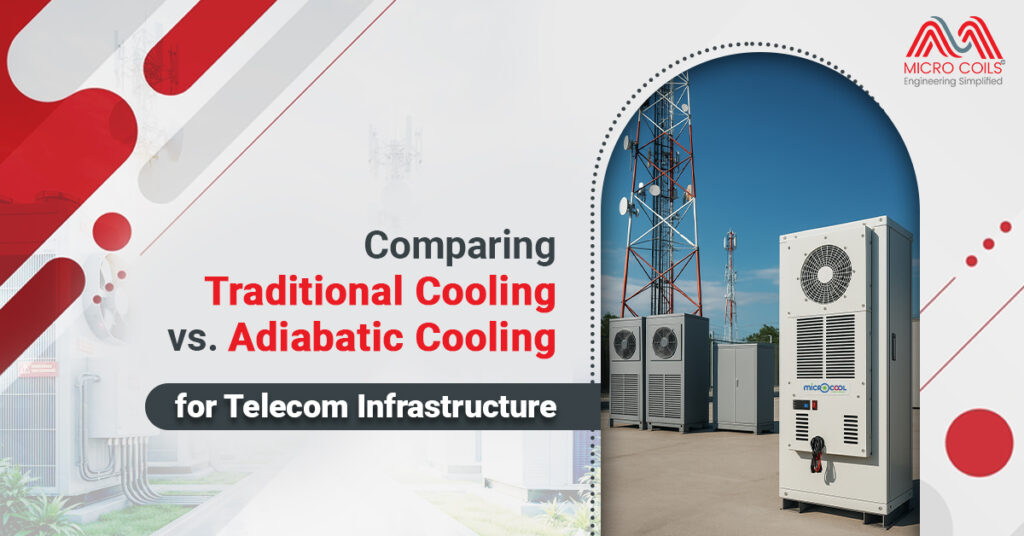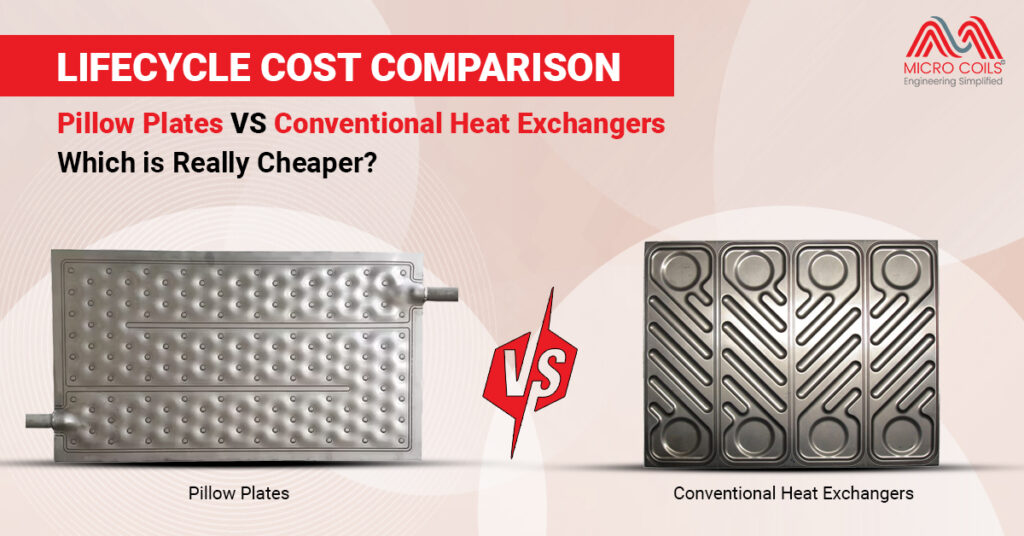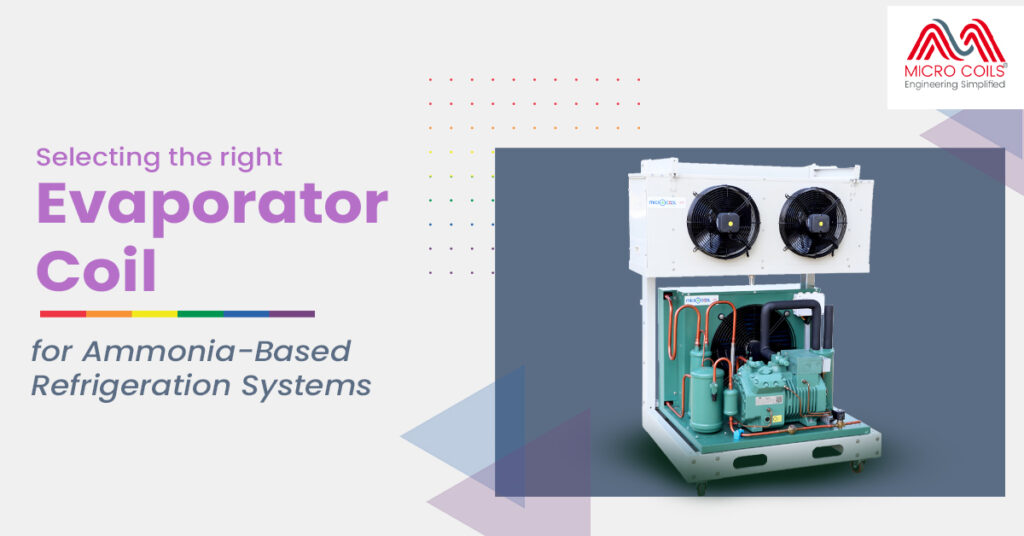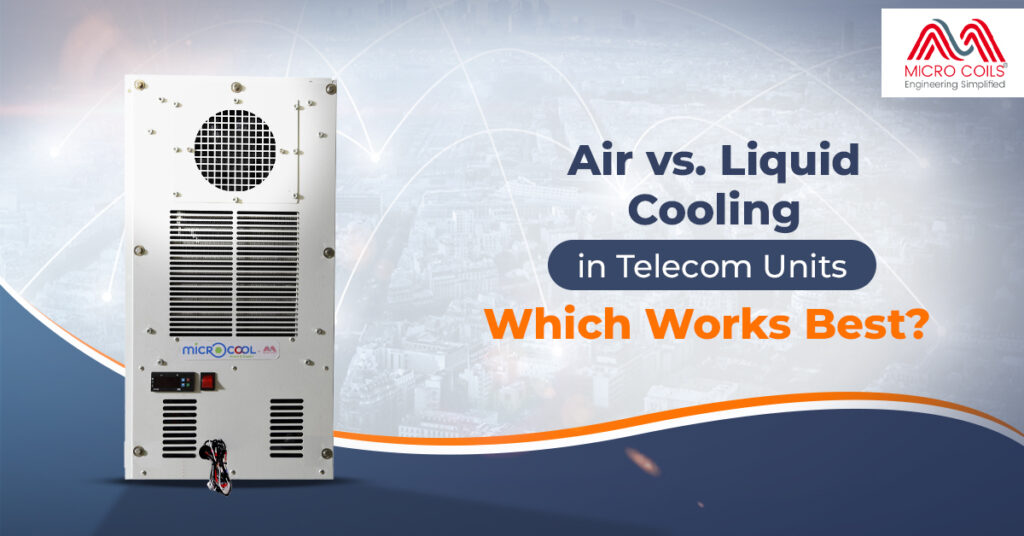Comparing Single-Embossed vs Double-Embossed Pillow Plates
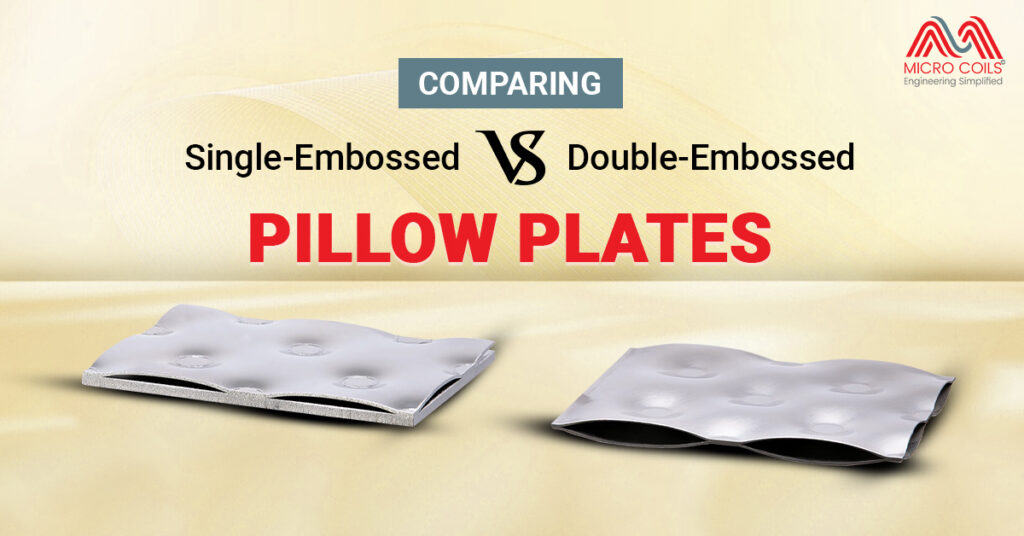
You’re standing in front of two pillow plate heat exchangers, both promising excellent thermal performance, both looking remarkably similar at first glance. One is single-embossed, the other double-embossed, and there’s a significant price difference between them. Your procurement department is pushing for the cheaper option, but your engineering team is insisting the more expensive one is worth it. You’re caught in the middle, unsure which technology actually delivers better value for your specific application.
Making the wrong choice here isn’t just about wasted money—it’s about compromised performance that could haunt you for years. Choose single-embossed when you need double-embossed, and you’ll face inefficient heat transfer, higher energy costs, and potentially premature failure. Go the other direction, and you’ve overspent on capabilities you’ll never use. The frustrating part? Most technical literature assumes you already understand these differences, leaving you to make critical decisions without clear guidance. Meanwhile, your competitors might already be leveraging the right technology, gaining operational advantages you’re missing.
By examining how they’re manufactured, where they excel, and which applications suit each type, you can make a confident, informed decision that optimizes both performance and budget.
What Are Pillow Plates Anyway?
Before diving into the embossing debate, let’s establish what pillow plates actually are. These innovative heat exchangers consist of two metal sheets welded together around their perimeter and at specific spot-weld points. When pressurized fluid is injected between the sheets, they inflate into a pillow-like shape with characteristic circular or spot-welded patterns. This creates flow channels for heat transfer fluids while the outer surfaces contact the process medium.
Pillow plates offer remarkable versatility. They’re used in jacketed vessels, storage tanks, chemical reactors, pharmaceutical equipment, food processing applications, and countless other scenarios requiring efficient heat transfer in confined spaces. Their flat construction makes them perfect for retrofitting existing equipment or designing compact systems.
Single-Embossed Pillow Plates: The Basics
Single-embossed pillow plates feature embossing (the raised circular patterns) on only one side of the plate assembly. One sheet remains relatively flat while the other sheet forms the characteristic pillow pattern.
Manufacturing Process
Creating single-embossed plates is relatively straightforward. Two metal sheets are placed together, welded around the edges and at designated spot points, then hydraulically inflated. The embossing forms primarily on one side, creating flow channels between the sheets while keeping the opposite side mostly flat.
This manufacturing simplicity translates to lower production costs and faster delivery times. Pillow plate manufacturers can produce single-embossed units more quickly because the process requires less complex tooling and fewer manufacturing steps.
Structural Characteristics
The single-embossed design creates an asymmetric structure. One side displays the raised pillow pattern while the other remains flatter with minimal deformation. This asymmetry affects how the plate interacts with surrounding surfaces and equipment.
The flat side makes installation simpler in certain applications, particularly when mounting against flat surfaces or existing equipment walls. It provides better contact with flat surfaces, potentially improving heat transfer at that interface.
However, the asymmetric structure also means uneven stress distribution across the plate. The embossed side experiences different mechanical stresses than the flat side, which can influence long-term durability under certain operating conditions.
Thermal Performance
Single-embossed plates provide good heat transfer performance, particularly when the embossed side contacts the process medium requiring heating or cooling. The raised pattern creates turbulence in the fluid flowing inside the plate, enhancing heat transfer coefficients.
The flatter exterior side offers consistent surface contact, beneficial when the pillow plate is attached to a vessel wall or tank. This ensures reliable heat transfer between the plate and the external medium.
That said, thermal performance is somewhat limited by the asymmetric design. Heat must travel through one relatively flat surface and one textured surface, creating some inconsistency in thermal pathways.
Double-Embossed Pillow Plates: The Advanced Option
Double-embossed pillow plates feature embossing patterns on both sides of the assembly. Both metal sheets form the characteristic pillow pattern, creating a more symmetrical structure.
Manufacturing Process
Producing double-embossed plates requires more sophisticated manufacturing techniques. The process involves carefully controlling the hydraulic inflation to create balanced embossing on both sheets simultaneously. This demands precise pressure control, specialized tooling, and greater manufacturing expertise.
Pillow plate manufacturers in india and worldwide have invested in advanced equipment to produce double-embossed variants, recognizing the growing demand for their superior performance characteristics. The increased complexity means longer production times and higher costs, but the performance benefits often justify the investment.
Structural Characteristics
The symmetrical structure of double-embossed plates offers significant advantages. Both sides display the raised pillow pattern, creating balanced mechanical stress distribution across the entire assembly.
This symmetry enhances structural integrity. The plate can better withstand pressure differentials, thermal expansion, and mechanical stresses because forces distribute evenly across both surfaces. This often translates to longer service life, particularly in demanding applications.
The dual-embossed surfaces also provide better flexibility in installation. Since both sides are essentially identical, orientation matters less. You can mount the plate either way without compromising performance.
Thermal Performance
Here’s where double-embossed plates really shine. With embossing on both sides, heat transfer occurs across textured surfaces on both the internal fluid side and the external process side. This creates superior turbulence and mixing in fluids on both sides of the plate.
The enhanced turbulence means higher heat transfer coefficients—often 20-30% better than single-embossed equivalents in comparable applications. This improved efficiency can significantly impact operational costs over the equipment’s lifetime.
The symmetrical thermal pathways also create more uniform temperature distribution across the plate surface, reducing hot spots and thermal stress. This uniformity benefits processes requiring precise temperature control.
Head-to-Head Comparison
Let’s break down how these technologies compare across critical parameters:
Heat Transfer Efficiency
Double-embossed plates win decisively here. The dual-textured surfaces create superior turbulence on both sides, maximizing heat transfer coefficients. Single-embossed plates perform well but can’t match the efficiency of their double-embossed counterparts.
For applications where maximizing heat transfer is critical—like compact cooling systems or processes with tight temperature requirements—the efficiency advantage of double-embossed plates often justifies their higher cost through reduced energy consumption.
Pressure Resistance
The symmetrical structure of double-embossed plates provides better pressure resistance. The balanced stress distribution allows them to handle higher operating pressures more safely. Single-embossed plates work fine at moderate pressures but may require thicker materials for high-pressure applications.
If your application involves significant pressure differentials or pressure fluctuations, double-embossed construction offers better reliability and safety margins.
Installation Flexibility
Single-embossed plates offer advantages when mounting against flat surfaces, as their flat side provides better contact. They’re often preferred for retrofitting existing tanks or vessels with flat walls.
Double-embossed plates excel in applications where the pillow plate itself forms the vessel wall or where both surfaces contact process media. Their symmetrical design means orientation doesn’t matter, simplifying installation planning.
Durability and Lifespan
The even stress distribution in double-embossed plates typically results in longer service life, especially in applications with thermal cycling or pressure variations. Single-embossed plates certainly last well with proper design and maintenance, but the asymmetric stress patterns can create fatigue points over extended service.
For critical applications where replacement is expensive or disruptive, the enhanced durability of double-embossed construction provides valuable insurance.
Cost Considerations
Single-embossed plates cost significantly less—typically 15-30% cheaper than double-embossed equivalents. This makes them attractive for budget-conscious projects or applications where maximum thermal performance isn’t critical.
However, evaluate cost holistically. The superior efficiency of double-embossed plates may deliver energy savings that offset the higher initial investment within a few years. Factor in the total cost of ownership, not just purchase price.
Maintenance Requirements
Both types require similar maintenance—periodic inspection for leaks, corrosion monitoring, and pressure testing. However, the more uniform stress distribution in double-embossed plates may result in fewer maintenance interventions over time.
The enhanced durability means less frequent repairs or replacements, reducing lifecycle maintenance costs and downtime.
Which Applications Suit Each Type?
Single-Embossed Applications
Single-embossed pillow plates excel in:
- Tank jacketing where one side mounts flush against a flat vessel wall
- Budget-sensitive projects where adequate performance at lower cost is prioritized
- Lower-pressure applications (typically under 10 bar)
- Retrofit projects where the flat side simplifies installation
- Applications with moderate thermal requirements
- Food storage tanks, pharmaceutical vessels, and general process heating/cooling
A dry cooler heat exchanger manufacturer might specify single-embossed plates for certain air cooling applications where the cost-performance balance favors simpler construction.
Double-Embossed Applications
Double-embossed pillow plates are preferred for:
- High-efficiency heat transfer requirements
- Processes demanding precise temperature control
- High-pressure applications
- Critical systems where reliability is paramount
- Equipment requiring maximum heat transfer in minimal space
- Chemical reactors, fermentation vessels, and high-performance cooling systems
- Applications with thermal cycling or pressure variations
Industries like pharmaceuticals, specialty chemicals, and food processing increasingly specify double-embossed plates for their superior performance and reliability.
Material Considerations
Both single and double-embossed pillow plates can be manufactured from various materials: stainless steel (304, 316L), carbon steel, copper, titanium, or specialized alloys. Material selection depends on process fluids, operating temperatures, corrosion resistance requirements, and budget.
Recommended Read – Different Types of Coils in HVAC and Refrigeration Systems
The embossing process affects different materials differently. Stainless steel handles both embossing types well. Softer materials like copper may show more pronounced differences between single and double embossing in terms of formability and final surface finish.
Discuss material selection carefully with manufacturers, considering both the embossing type and your specific application requirements.
Making Your Decision
Choosing between single and double-embossed pillow plates ultimately depends on your specific application requirements, budget, and performance priorities.
Choose single-embossed when:
- Budget is a primary constraint
- Thermal performance requirements are moderate
- You’re retrofitting equipment with flat walls
- Operating pressures are relatively low
- The application doesn’t involve severe thermal cycling
Choose double-embossed when:
- Maximum heat transfer efficiency is essential
- Space constraints require compact, high-performance solutions
- Operating pressures are high
- Process requires precise temperature control
- Long-term reliability and durability are critical
- Energy savings justify higher initial investment
The Bottom Line
Neither single-embossed nor double-embossed pillow plates are universally “better”—they’re different tools for different jobs. Single-embossed plates offer cost-effective solutions for many applications, delivering reliable performance where maximum efficiency isn’t paramount. Double-embossed plates provide superior performance, efficiency, and durability for demanding applications where these characteristics justify the additional investment.
The key is honest assessment of your actual needs. Don’t overspend on capabilities you won’t use, but don’t penny-pinch on critical equipment where performance matters. Consult with experienced manufacturers who can evaluate your specific requirements and recommend the optimal solution.
Ask detailed questions about your application. Provide complete operating parameters. Request performance calculations for both options. Compare total cost of ownership, not just purchase price.
The right choice balances performance, reliability, and cost for your unique situation. Take the time to understand these differences, and you’ll make a decision that serves your operation well for years to come.
No, you cannot convert single-embossed plates to double-embossed after manufacturing. The embossing pattern is created during the hydraulic forming process and becomes a permanent structural characteristic of the plate assembly. The two designs have fundamentally different geometries and stress distributions that are established during fabrication. If you need double-embossed performance after installing single-embossed plates, you’ll need complete replacement. This is why carefully evaluating your long-term requirements before initial purchase is crucial to avoid costly retrofits.
Calculate ROI by comparing total cost of ownership over expected lifespan. Factor in purchase price difference, energy consumption based on efficiency ratings, estimated maintenance costs, expected lifespan, and downtime costs. Request thermal performance calculations from manufacturers for both options using your specific operating parameters. Generally, if energy savings from double-embossed efficiency recover the price premium within 3-5 years, they’re worth it. Applications running continuously benefit most from efficiency gains. Include replacement frequency—if double-embossed lasts significantly longer, factor that into calculations.
Cleaning procedures are similar for both types, though double-embossed plates may be slightly easier to clean thoroughly. Both require periodic flushing of internal channels to remove deposits, scale, or biological growth. The symmetrical geometry of double-embossed plates allows more uniform cleaning fluid flow. Single-embossed plates may have slight flow variations due to asymmetry. Chemical cleaning, mechanical circulation, and regular maintenance apply to both. Cleaning frequency depends more on fluid properties and operating conditions than embossing type. Always follow manufacturer recommendations for your specific plate design.
Both types can be manufactured in similar size ranges, though practical limits exist. Single-embossed plates are sometimes easier to produce in very large sizes due to simpler tooling requirements. Double-embossed manufacturing requires more precise pressure control across the entire surface, which can be challenging for extremely large plates. Most manufacturers can produce both types up to several square meters per plate. For very large applications, multiple smaller plates are often preferable to one massive plate regardless of embossing type, as this provides better pressure distribution, easier handling, and installation flexibility.
Double-embossed pillow plates handle temperature cycling better due to their symmetrical structure and balanced thermal expansion. When temperatures fluctuate, both sides of a double-embossed plate expand and contract uniformly, reducing thermal stress and fatigue. Single-embossed plates experience asymmetric expansion—the embossed and flat sides behave differently—creating stress concentrations over repeated cycles. For applications like batch processes, seasonal operation, or frequent startup/shutdown cycles, double-embossed construction significantly extends service life. While single-embossed plates work adequately with moderate cycling, severe or frequent temperature variations favor double-embossed designs for long-term reliability.
Comparing Single-Embossed vs Double-Embossed Pillow Plates Read More »
